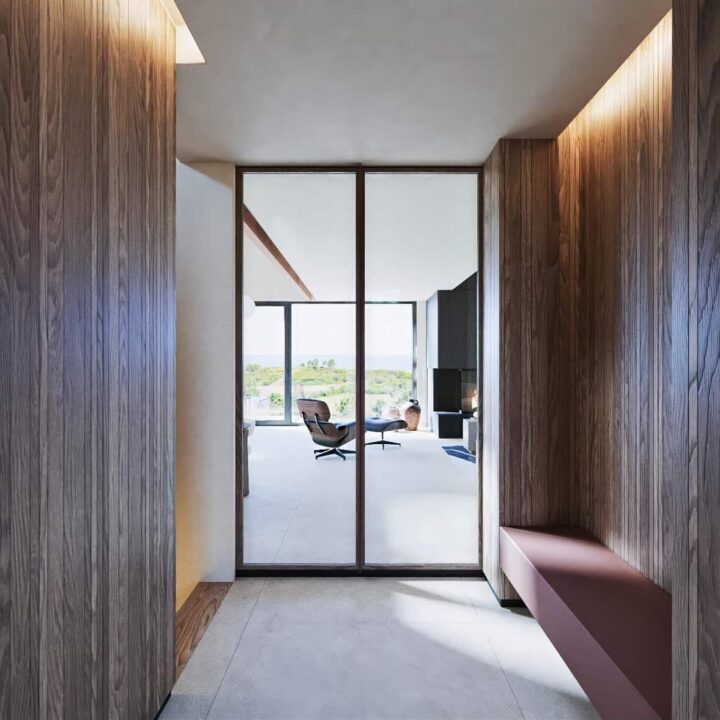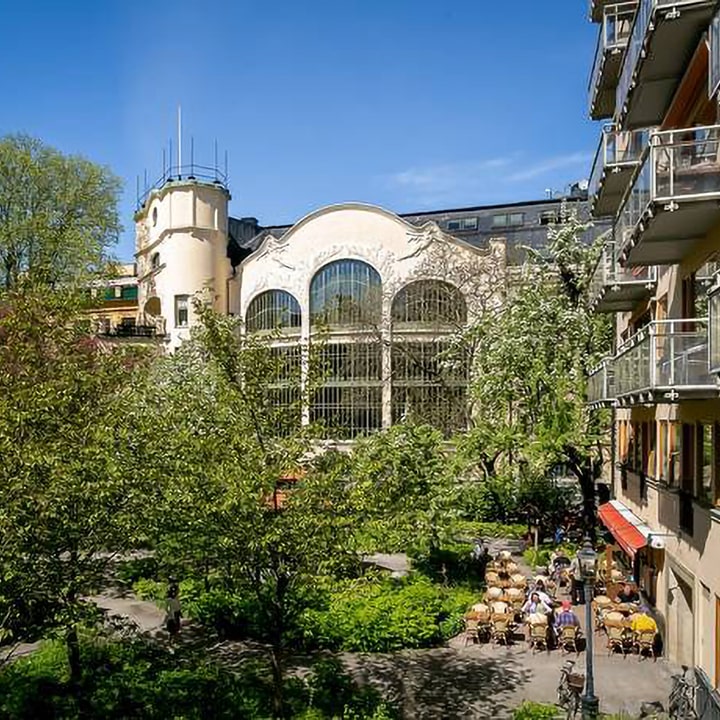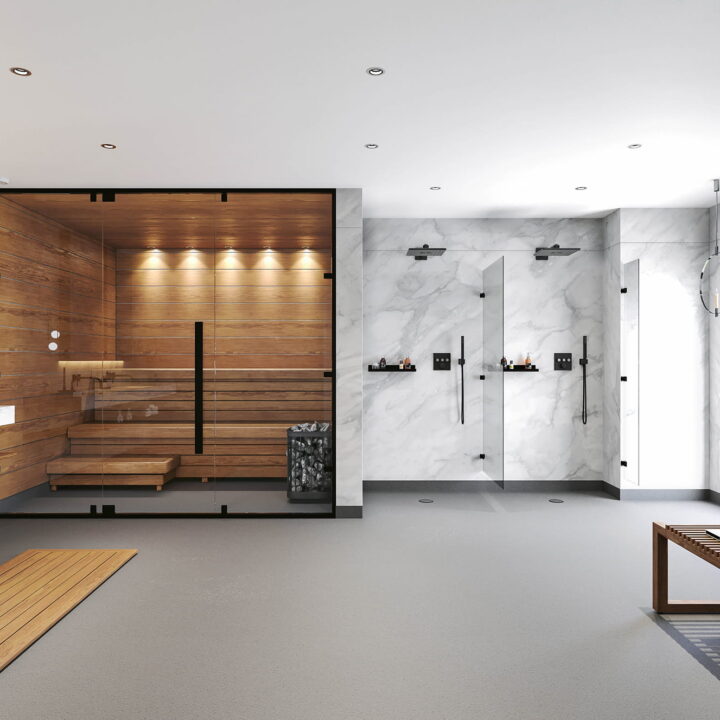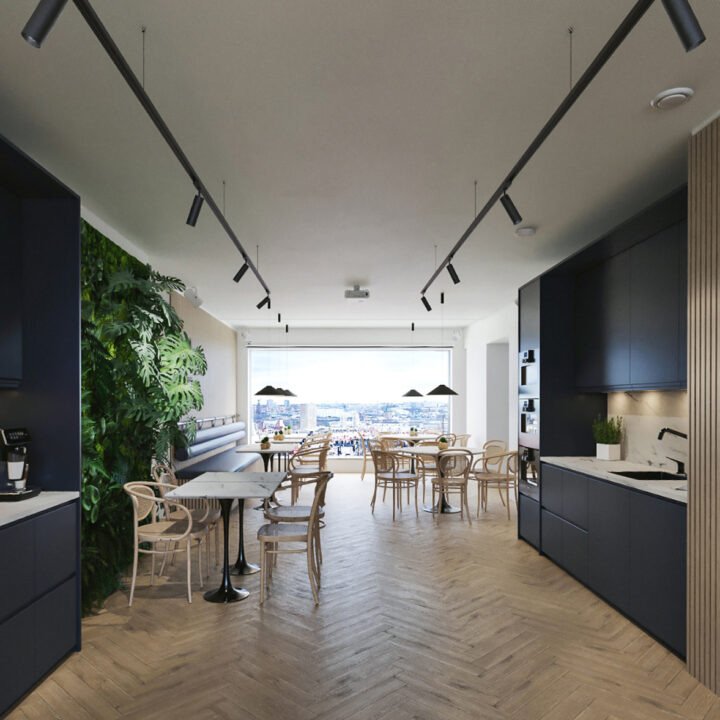Services
What We Provide
Architectural Design
"Shape the future with designs that reflect your ambition, values, and vision."
Interior Design
"Create spaces that feel like home the moment you step inside—beautiful, unforgettable."
3D Visualization
"Let buyers fall in love at first sight with visuals that speak to the heart, not just the eyes."
Virtual Reality
"Give clients the feeling of being there—walkthroughs that turn hesitation into excitement."
Building Permit
"Remove the stress from approvals with plans that smooth the path forward and keep momentum alive."
3D Walkthrough
"Tell a story they can step into—bring your property to life with movement, mood, and emotion."
Architectural Design
"Shape the future with designs that reflect your ambition, values, and vision."
Interior Design
"Create spaces that feel like home the moment you step inside—beautiful, unforgettable."
3D Visualization
"Let buyers fall in love at first sight with visuals that speak to the heart, not just the eyes."
Virtual Reality
"Give clients the feeling of being there—walkthroughs that turn hesitation into excitement."
Building Permit
"Remove the stress from approvals with plans that smooth the path forward and keep momentum alive."
3D Walkthrough
"Tell a story they can step into—bring your property to life with movement, mood, and emotion."
From Blueprint to Buyer in 3 Steps.
- 1
Share your vision
- 2
We Build the Experience
- 3
Start Selling
Core Values
Through innovation, dedication, and consistent adaptation – our mission is to deliver high-quality and engaging visual masterpieces to ensure your property sells. We plan on growing our expertise and aim to offer a wider variety of virtual services in the future.
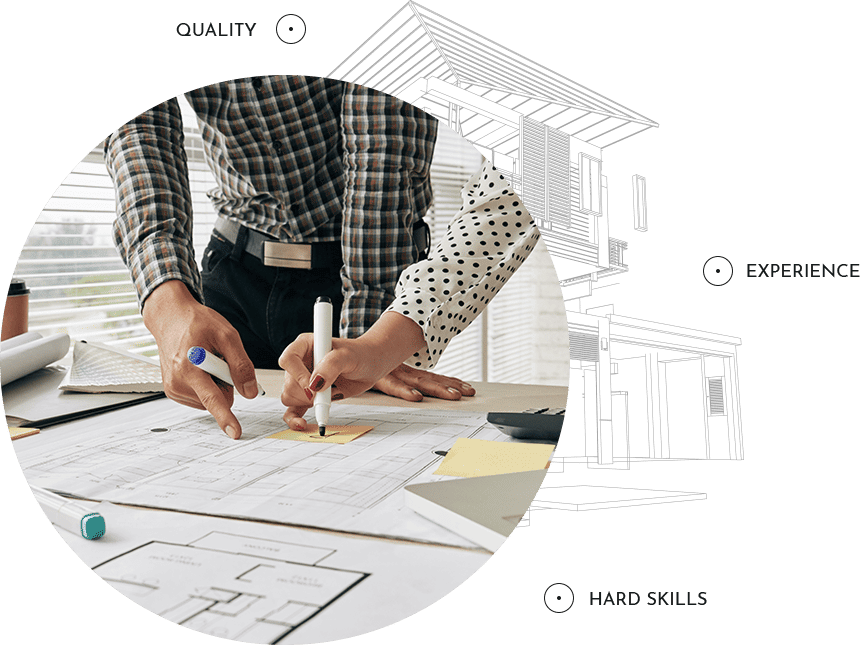
Professionalism
We aim to exceed your expectations and build a long-term relationship. Trust us to make your project stand out and turn you into a repeat client. Give us a chance to prove ourselves.
Quality & Value
We tailor our services to make your project stand out and outperform competitors. Trust us to deliver exceptional results and elevate your project to new heights.
Time
We prioritize promptness and timely delivery to ensure project success. Trust us to manage your project efficiently and professionally.
Recent Projects
What People Say

Linnéa Axling
Private Client
Carmen Hammond
Private Client
Frida Lundgren
Forbo Flooring AB
Luca Mariani
Truesky AB
Pär Pettersson
Private Client
Kim Dywling
Delta Consulting
Antonia Bergström
Private Client
Jan-Olof Blomster
Nyckelhus AB



